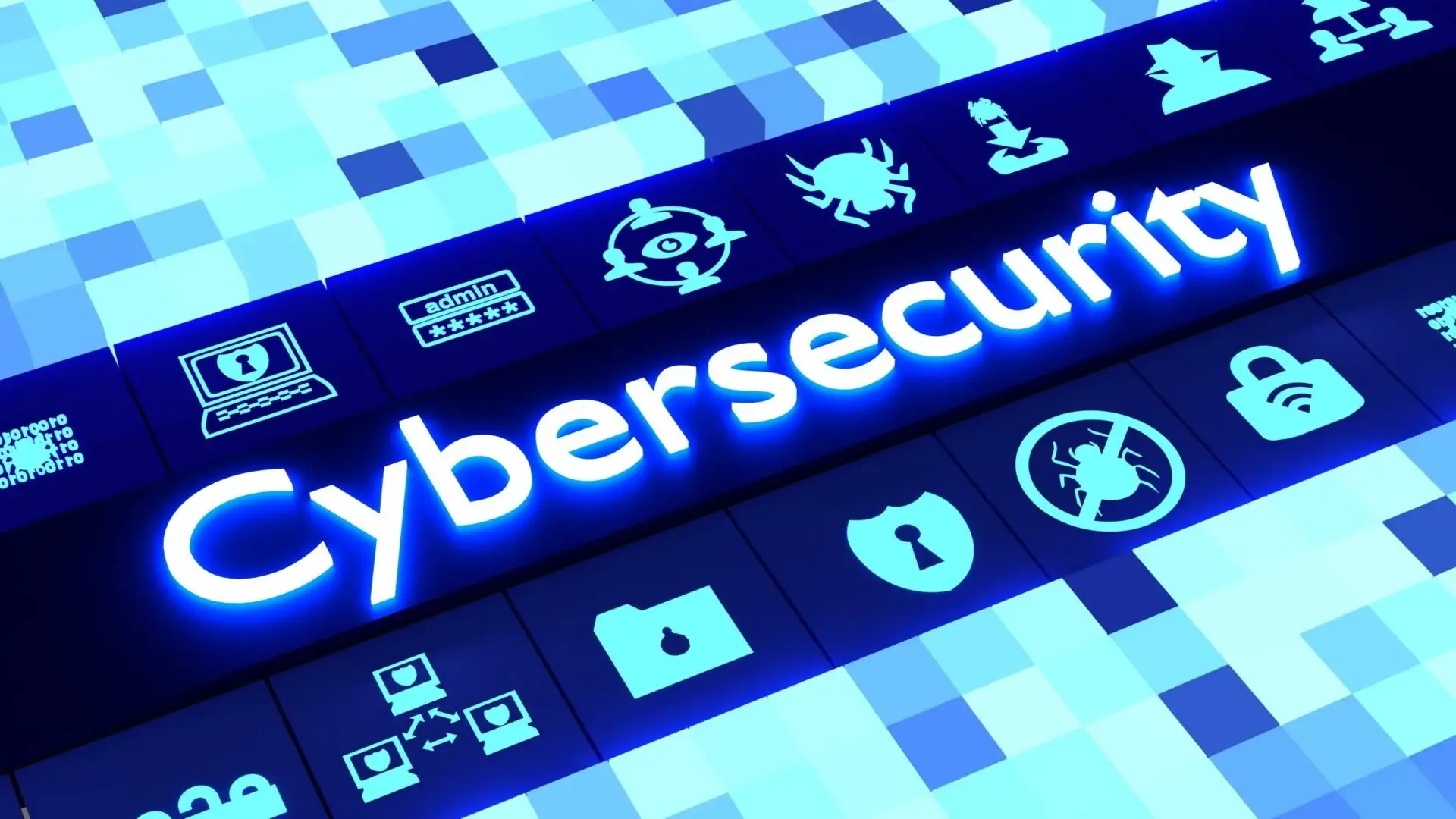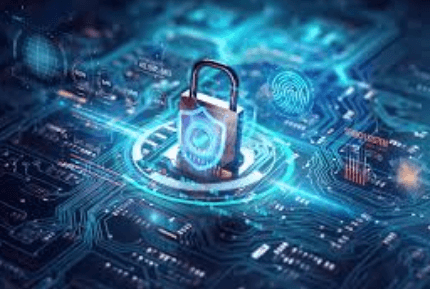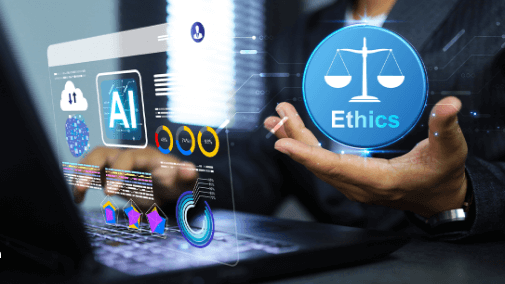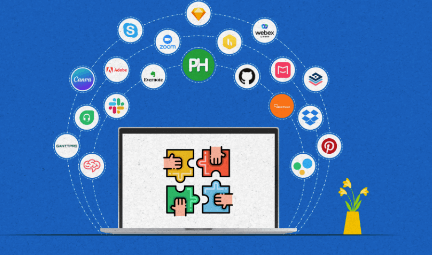Cybersecurity Trends: How to Protect Your Business in 2025
As cybersecurity threats evolve, businesses must adapt to stay secure. The integration of AI and machine learning for real-time detection is becoming essential. Additionally, adopting Zero Trust models is critical to ensuring continuous verification of identities. With remote work becoming a norm, organizations face unique challenges. Understanding the implications of regulatory changes will also play a pivotal role in safeguarding sensitive data. But how can businesses effectively implement these strategies?
The Rise of AI and Machine Learning in Cybersecurity
As organizations increasingly confront sophisticated cyber threats, the integration of artificial intelligence (AI) and machine learning (ML) into cybersecurity strategies has emerged as a pivotal response.
AI threat detection leverages machine learning algorithms to analyze vast data sets, identifying anomalies and potential breaches. This approach not only enhances the speed and accuracy of threat identification but also empowers businesses to proactively mitigate risks in real-time.
Importance of Zero Trust Security Models
The growing sophistication of cyber threats necessitates a fundamental reevaluation of security architectures, leading many organizations to adopt Zero Trust security models.
This approach eliminates implicit trust, requiring continuous verification of user identities and device integrity.
Regulatory Changes and Compliance Requirements
How do evolving regulatory landscapes impact cybersecurity strategies for businesses?
Regulatory frameworks increasingly demand rigorous compliance audits, compelling organizations to adapt their cybersecurity measures.
Businesses must navigate these complexities, often integrating advanced technologies to ensure compliance while safeguarding sensitive data.
Failure to meet these requirements can result in severe penalties, underscoring the necessity of aligning cybersecurity strategies with regulatory expectations to maintain operational freedom and resilience.
The Impact of Remote Work on Cybersecurity Strategies
While remote work offers flexibility and potential cost savings, it also introduces significant cybersecurity challenges that businesses must address.
Organizations must enhance their cybersecurity strategies to manage remote access risks effectively. This includes implementing robust security protocols and fostering a culture of security awareness among employees.
Strengthening these elements is crucial to safeguarding sensitive data and maintaining operational integrity in an increasingly decentralized work environment.
Conclusion
As the cybersecurity landscape evolves, businesses must don the armor of advanced technologies and strategies to shield themselves from burgeoning threats. The integration of AI and machine learning will serve as a vigilant sentry, while Zero Trust models will act as the fortress walls, ensuring that trust is earned, not given. Amid the shifting sands of remote work and regulatory demands, organizations must cultivate a culture of security awareness, ensuring that every employee becomes a guardian of sensitive data and operational resilience.





